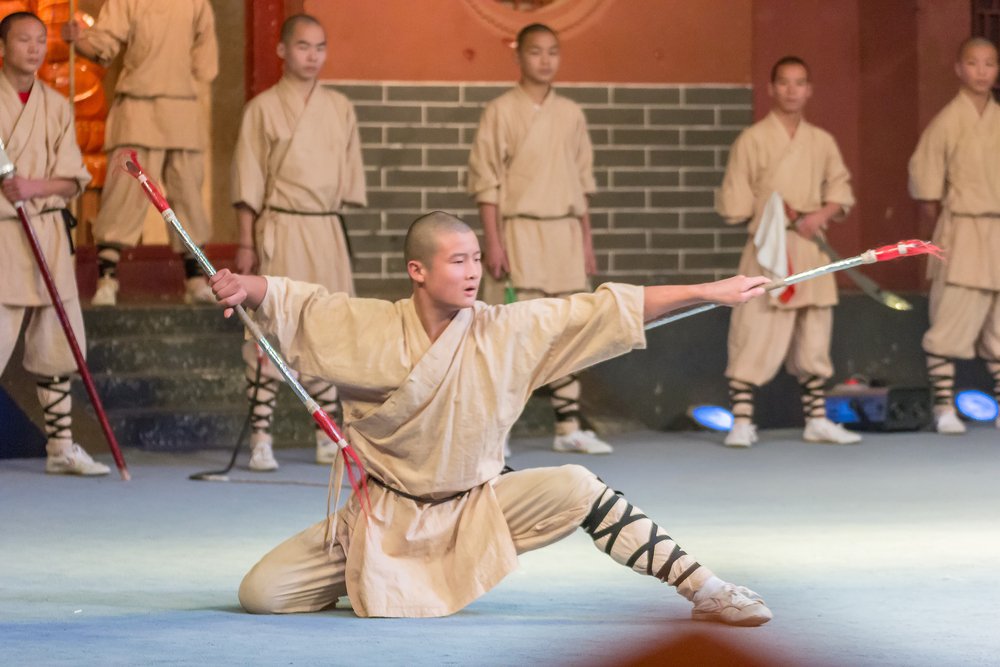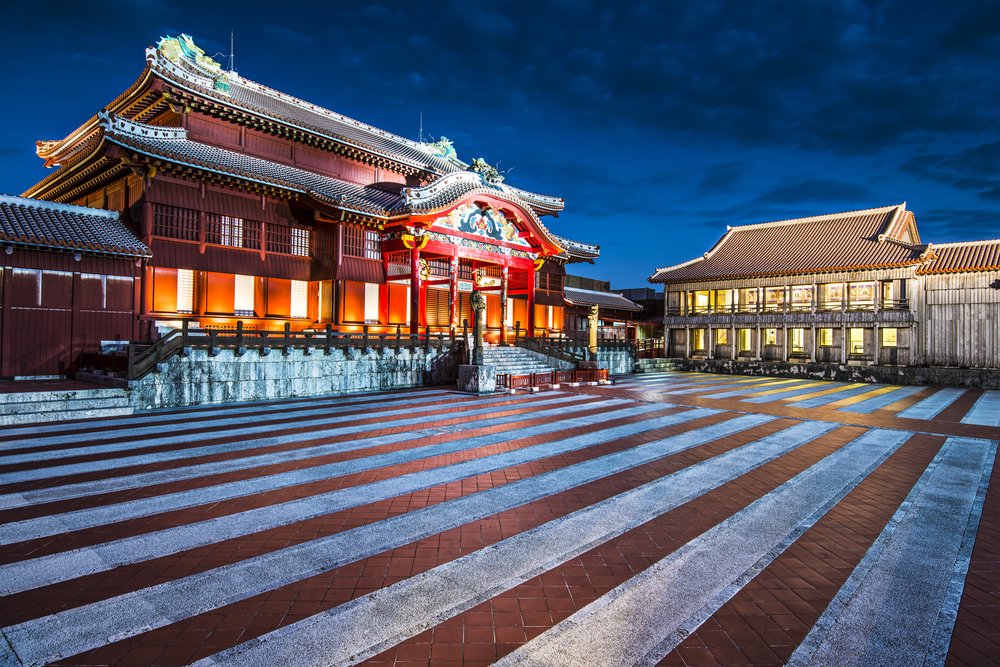BY Zack Friedman
There is a light at the end of the student loan repayment tunnel.
And it comes at an unlikely time each year: tax season.
Are you maximizing each and every tax benefit on your student loans for college and graduate school? If not, you're not alone. The tax laws can be complicated, and it can be daunting to differentiate between a tax credit and tax deduction.
So, let's make it easy for you.
If you are paying student loans for your (or your child's) education, here are four student loan tax credits and deductions that you potentially can take advantage of this tax season:
1. Student Loan Interest Deduction
With the Student Loan Interest Deduction, you can deduct up to $2,500 each year of student loan interest that you paid on a qualified student loan so long as you are enrolled at least half-time and are working toward a degree. A qualified loan means that you borrowed your student loan solely to pay for education expenses and did not borrow the student loan from a relative or through a qualified employer plan. Examples of qualified education expenses include tuition and fees, room and board, books, supplies, equipment and transportation, among other necessary expenses.
You can only the deduct the lesser of $2,500 and the actual amount of interest that you paid, including any additional, voluntary student loan payments. For example, if you paid $10,000 of student loan interest this tax year, then you only can deduct $2,500 from your taxable income. Since the student loan interest deduction is an "above the line," deduction, you do not need to itemize your deductions.
To qualify for this tax deduction, you must have a modified adjusted gross income of $80,000 or less ($160,000 if married filing jointly).
To find out how much student loan interest you paid over the past year, you should review your Form 1098-E from your student loan lender. As long as your paid more than $600 in student loan interest, you should receive Form 1098-E. If you paid less than $600 in student loan interest, you can still qualify for the student loan interest deduction.
2. The American Opportunity Credit
The American Opportunity Credit is a tax credit that allows you (or a person paying for your education) to claim up to $2,500 per year for the first four years of school as you work toward a degree with at least half-time enrollment. You can apply the tax credit to the costs of college, including tuition and related expenses that are required for enrollment (such as books, supplies and equipment).
This tax credits covers 100% of your qualified education expenses up to $2,000, and then 25% of the next $2,000 of qualified education expenses up to $2,500 total.
To qualify for this tax credit, you must have a modified adjusted gross income of $90,000 or less ($180,000 if married filing jointly). Up to 40% of the tax credit may be refundable.
3. The Lifetime Learning Credit
The Lifetime Learning Credit is a tax credit that allows you to claim up to $2,000 per year for any college tuition, fees, books, supplies and equipment that were required for your course. There is no limit on the number of years that you can claim the Lifetime Learning Credit. To qualify for this tax credit, you must have a modified adjusted gross income of $65,000 or less ($131,000 if married filing jointly). This tax credit is a non-refundable tax credit, which means that the tax credit is limited to the amount of your total income tax owed. Therefore, if the tax credit is more than your income tax owed, you will not receive the excess amount as a refund.
4. Tuition and Fees Deduction
The Tuition and Fees Deduction, which expired in 2016, enabled you to reduce the amount of your income that was subject to income tax by up to $4,000. The deduction could be utilized for you, your spouse or a dependent for your tuition and fees (but not your room and board). To qualify for this tax deduction, you had to have a modified adjusted gross income of $80,000 or less ($160,000 if married filing jointly).
What's the difference between a tax credit and a tax deduction?
A tax credit reduces the amount of income tax that you have to pay. A tax deduction reduces the amount of your income that is subject to income tax.
Does a tax credit or tax deduction save me more money?
A tax credit saves you more money than a tax deduction.
Why?
A tax credit is a dollar-for-dollar reduction of the income taxes that you owe. For example, a $2,000 tax credit means that you save $2,000 in taxes.
A tax deduction saves you the amount of the deduction multiplied by your marginal tax rate. For example, if you are in the 30% tax bracket and qualify for a $1,000 tax deduction, your savings are $300 ($1,000 multiplied by 30%).
Can you claim both the American Opportunity Credit and the Lifetime Learning Credit?
Unfortunately, even if you are eligible, you cannot claim both the American Opportunity Credit and the Lifetime Learning Credit on your income tax return in the same tax year. You should claim the tax credit that maximizes your savings based on your specific, financial situation.
Can you claim an education tax credit if you also claim an education tax deduction in the same tax year?
Yes. If you claim an education tax credit, you can claim the Student Loan Interest Deduction.
Can you still qualify for the Student Loan Interest Deduction if you are on an Income-Based Repayment (IBR) plan or Income-Contingent Repayment (ICR) plan?
Yes. The IRS allows you to deduct student loan interest regardless of your student loan repayment plan.
Which IRS tax forms do you use to take advantage of these tax credits and tax deductions?
You can use IRS Form 8863 and Form 1040, and speak to a tax professional for more details.
Is it better to pay off your student loans faster or should you make sure to at least qualify for these tax deductions and tax credits?
You always should strive to pay off your student loans faster. That means making extra payments to reduce the principal amount of your student loans, which will save you money on interest costs. Tax deductions and tax credits are helpful, but you should never make a financial decision solely for tax reasons.








